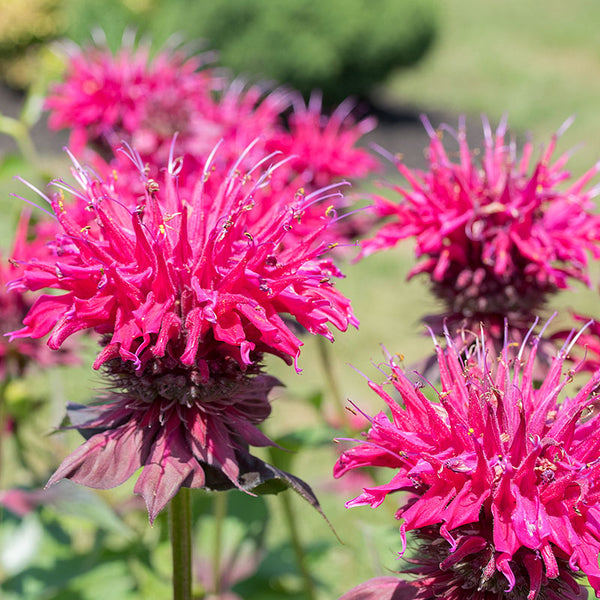Plant
Bee Balm 'Judith's Fancy Fuchsia'
Monarda hyb.
This top-rated cultivar sailed past the competition in mildew resistance—a top consideration when growing bee balms. Massive flower power, too! Tall and bushy, it flowers for weeks in summer and grows to a 4’ circle in three years for a hummingbird, butterfly, and bee garden party.
SKU #P8263
Buy more and save!
| Minimum Qty | Discount |
|---|---|
| 3 + | $0.20 off each |
| 6 + | $0.45 off each |
Growing Companions





































